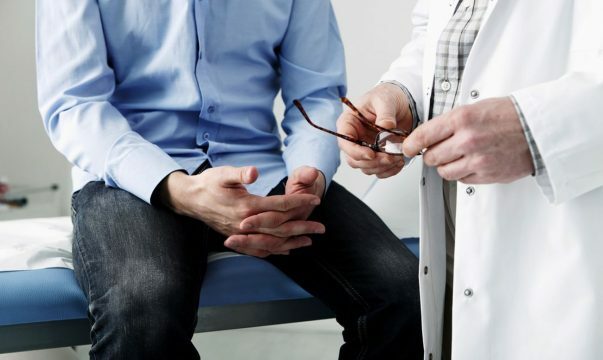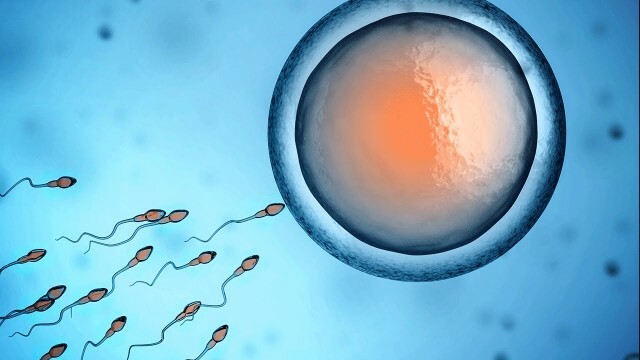In order to determine the absence or presence of cancer, doctors often prescribe patients a biopsy-the removal of cells from an organ that causes fear. Currently, is the most accurate method that helps to determine the disease at the earliest stage of .
If a doctor suspects having a male cancer or prostate adenoma, then most often he prescribes a procedure such as prostate biopsy. This procedure helps identify the disease at an early stage and begin treatment on time.
Indications
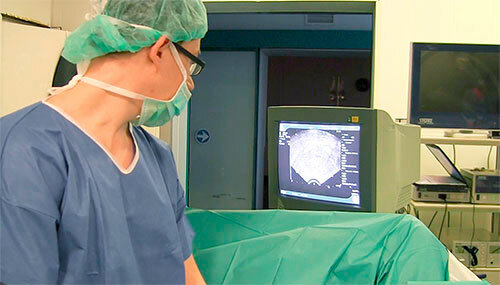
As already mentioned, such a test is prescribed for suspected oncology or adenoma. Very often this is influenced by certain factors. For example:
- In the blood of a man, prostate-specific antigen can be increased. This indicator indicates the presence of any neoplasm of the prostate.
- When rectal examination, a doctor discovered a compaction of an unknown nature.
- When carrying out an ultrasound examination, a specialist discovered any pathology of the prostate gland.
Prostate biopsy can be primary and secondary. The primary is carried out at the indicated indications. The secondary procedure is assigned in the following cases:
- If the antigen value does not change to a lower side, but vice versa is on the same level or grows.
- If the first procedure did not take sufficient material to establish an accurate diagnosis.
- When the ratio of free and total antigen is less than ten percent.
Prostate biopsy is performed only if patients agree to this procedure. In doing so, it is the best and most accurate way to detect cancer or prostate adenoma
Methods
Prostate biopsy can be performed in three ways. Here they are:
- Blind, controlling the process with your finger. This method is much outdated, it is considered unreliable and uncomfortable to perform, so it is used less and less.
- The second method is a procedure using an ultrasound machine. In the process, the necessary material from the twelve points of the prostate is taken.
- With the third method, the material required for the study is taken from 24 points of the organ. This option is the most accurate, therefore it helps to determine the presence of malignant formation in the very initial stage.
Types
In addition, biopsy of the prostate gland is divided into several species according to the manner in which it is made. Depending on the patient's condition, the doctor chooses one of the following:
- Transrectal prostate biopsy - in this case, the examination is carried out through the rectal wall.
- Transurethral prostate biopsy - a biopsy needle is inserted through the urethra.
- Through the crotch. The needle is inserted through the area that is located between the anus and the scrotum of the patient.
The most common way to use this procedure is to use it.
Preparation of
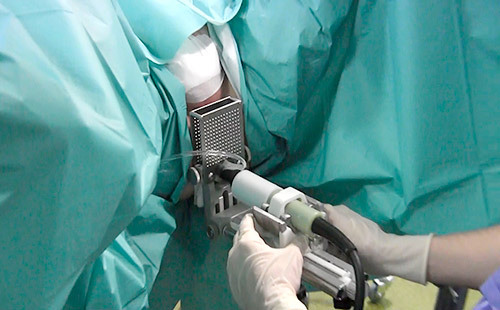
Preparation for prostate biopsy is also an important stage. After all, the procedure and its results will depend on this. In order for a prostate biopsy to be successful, you must follow certain rules:
- First, it is necessary to inform the doctor about all medications taken, chronic diseases, allergies to anything.
- Secondly, a few days before biopsy of the prostate, the doctor is likely to prescribe certain antibiotics. They must be drunk to avoid further complications. In addition, these drugs will need to be drunk and after the procedure. It is worth remembering that medications should be prescribed by a doctor, you do not need to self-medicate.
- The day before the biopsy, you need to follow a certain diet, give up fatty foods. Dinner is better to miss. Breakfast should be easy.
- If a transrectal biopsy is performed, the patient is given an enema in front of her to cleanse the intestines. If you use other methods, you will not need this.
Before the procedure begins, the specialist must again tell the patient everything. To avoid pain, doctors use local anesthesia, which should also be warned by a man. In addition, the patient signs a document confirming his consent to a biopsy.
Technique
The transrectal method is most often used, although not to many men he likes. The procedure is as follows:
- The processing time is approximately half an hour, sometimes forty minutes.
- The patient is offered to settle in one of the following poses: knee-elbow, on his side with his legs pressed against his chest or he is located on his back, placing his feet on special supports. The patient chooses himself, however, the doctor should have free access to the prostate gland.
- A special device and a needle are used to collect the material, and the necessary amount of tissue will be taken.
- The place where the needle will be inserted, the doctor treats with an anesthetic so that the patient does not get hurt.
- The process itself occurs as follows: a biopsy needle enters the gland fast enough, takes the necessary piece of tissue and exits it. This procedure is controlled by ultrasound. The specialist usually takes 12 samples, which are given for research.
Tranoretral examination is performed as follows:
- A special device called a cytoscope is inserted into the urethra. At its end is a video camera.
- The doctor, using a special loop, takes the necessary material. At the same time he observes the whole process through the camera on the cytoscope.
- This type of biopsy also lasts about 30-40 minutes.
There is a third way of taking the necessary material, but it is not popular. The doctor does this through the crotch. Most commonly, general anesthesia is used. The operation is as follows:
- skin in the perineum is disinfected;
- then make a cut at this place, and the doctor takes the necessary amount of material with a needle;
- while it controls the proper location of the prostate, inserting a finger into the rectum;
- on the incision impose bandage;
- patient remains in hospital until complete withdrawal from anesthesia.
Which of the methods is best and most suitable, will be chosen by the attending physician. Of course, the patient's opinion should also be taken into account.
What to do after
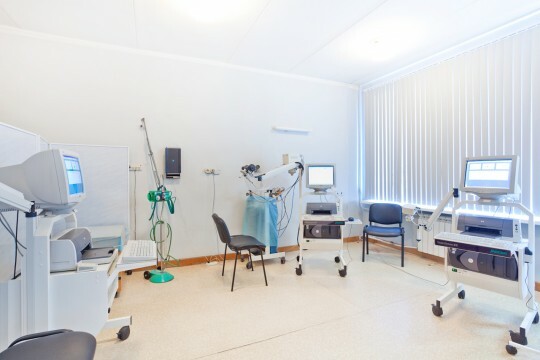
After a biopsy of the prostate, you should also follow a set of rules that will help you recover faster. Here they are:
- After a prostate puncture, a person can go home in about one to two hours. In this case, it is best that someone brought him. Itself not to drive.
- Within a month after it is necessary to abandon high physical exertion.
- Drugs prescribed by a doctor must be taken to avoid complications.
- There may be a consequence, such as the presence of blood in the urine or defecation.
Complications of
Unfortunately, it also happens that after the biopsy there are certain complications. These include:
- an admixture of blood in the urine for a long time;
- infectious diseases;
- bacterial prostatitis;
- bleeding from the rectum;
- Allergies to medicines.
If you experience at least one of these symptoms, you should always consult a doctor.
Result
Prostate biopsy results will be ready in about a week. What can the puncture of this organ show? First of all, the doctor will know exactly whether a benign or malignant neoplasm is present in the patient. The result itself is measured in points of the Gleason score. If the indicator does not exceed 4, then it means that the cells are very similar to the norm, and accordingly the risk of developing cancer is small. With an index of up to seven, you can talk about the average course of oncology. If the indicator is between eight and higher, it means that oncology develops quite rapidly.
Using puncture, you can also determine at what stage of development the prostate adenoma is.
Prostate biopsy is not a particularly pleasant procedure, as evidenced by not particularly pleasant reviews. However, sometimes this procedure is really necessary in order to determine the nature of the disease and start the necessary treatment on time.

